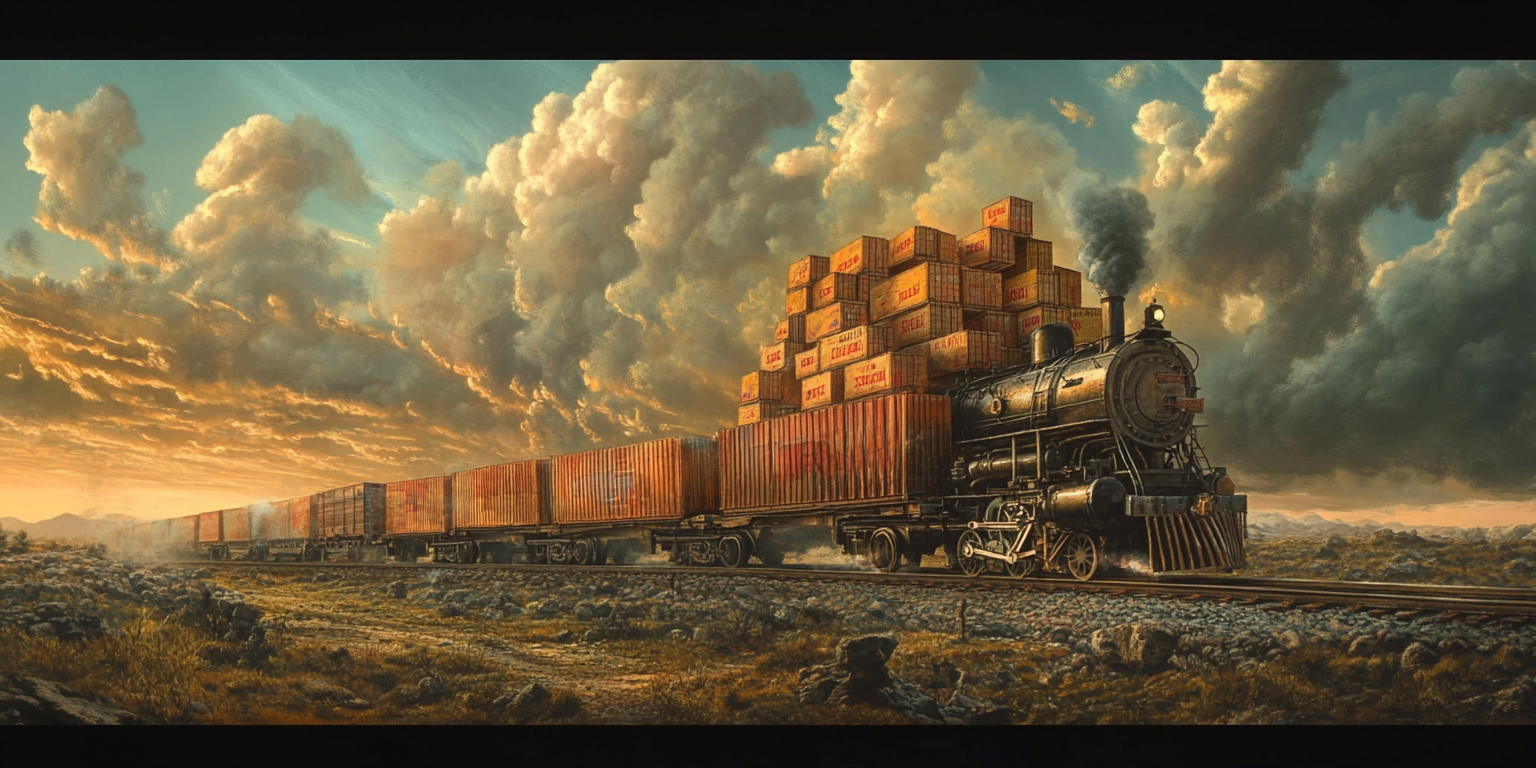Goal of the Day
Today, you will clean Titan’s Freight and Tariff datasets, perform initial exploration (EDA) of logistics costs, and connect freight cost patterns with tariff impacts.
You’ll prepare the foundation for building logistics cost optimization strategies tomorrow.
Detailed Tasks with U2xAI Prompts and Interview Preparation Focus
1. Identify Freight and Tariff Data Cleaning Tasks
- What to Do:
Review freight and tariff datasets carefully to detect:- Missing shipment weights
- Missing base freight cost or surcharges
- Tariff mismatches (tariff applied but wrong country codes)
- Negative or unrealistic freight charges
- Duplicate shipment records
- U2xAI Prompt:
"List common data quality issues found in freight cost and tariff datasets and suggest how to clean each issue effectively." - How This Helps for Interviews:
You’ll be ready to answer questions like, “Before analyzing logistics cost data, what cleaning steps would you recommend?” - Time Recommendation: 1 hour
2. Learn About Tariff Data Challenges and Cleaning Methods
- What to Do:
Understand:- How tariff errors (wrong duty rates, missing trade codes) can inflate landed costs
- Why consistent country codes and HS codes (Harmonized System) matter
- How tariff disputes cause shipment delays or cost penalties
- U2xAI Prompt:
"Explain common problems in tariff-related supply chain data and how they impact landed cost calculations." - How This Helps for Interviews:
Tariff management questions are increasingly common in logistics interviews. This prepares you for real-world discussions beyond simple freight charges. - Time Recommendation: 1 hour
3. Clean and Pivot Freight Costs Using Excel or Python
- What to Do:
- Handle missing weight and freight cost values.
- Standardize currency formats if needed.
- Remove duplicates based on shipment ID + date.
- Build simple pivot tables showing:
- Average Freight Cost by Mode (air, sea, road)
- Freight Cost by Origin-Destination pairs
- Freight Cost by Product Category
- U2xAI Prompt:
"Provide Python and Excel methods for cleaning logistics freight data and creating pivot tables showing cost by mode of transport and by shipping lanes." - How This Helps for Interviews:
You’ll be prepared for live technical exercises like “Show freight cost per mode using pivot tables or SQL/Python.” Demonstrates hands-on ability. - Time Recommendation: 2 hours
4. Link Freight Cost Data to Tariff Analysis
- What to Do:
- Merge freight charges and tariff rates where possible.
- Calculate:
- Total Landed Cost = Freight Cost + Tariff Amount
- Identify patterns:
- Which routes or countries have highest landed costs?
- Which tariffs cause major cost spikes?
- U2xAI Prompt:
"How do you combine freight cost and tariff data to calculate total landed cost, and what insights should you extract from it for supply chain optimization?" - How This Helps for Interviews:
You’ll be able to respond to business case questions like, “How would you help reduce total landed costs for a company expanding into new markets?” - Time Recommendation: 1.5 hours
5. Document Cleaning and Exploration Outcomes
- What to Do:
Create a clear documentation sheet:- Data issues found
- Cleaning steps taken
- Pivot summaries (e.g., average freight by mode)
- Key observations (e.g., high-cost routes, tariff-driven cost spikes)
- U2xAI Prompt:
"Help me prepare a documentation format summarizing logistics data cleaning process, pivot analysis outcomes, and key observations." - How This Helps for Interviews:
Demonstrates you can not only clean and analyze data, but also communicate findings clearly — highly valued in analyst and consulting roles. - Time Recommendation: 45 minutes
6. Plan Logistics Optimization Strategies
- What to Do:
Based on today's insights, write down:- 3 lanes or product categories with highest freight + tariff costs
- Possible improvement ideas: carrier negotiation, mode switching, tariff reclassification.
- U2xAI Prompt:
"Suggest basic logistics optimization strategies that can be explored after identifying high freight and tariff costs in a company's supply chain." - How This Helps for Interviews:
Shows that you move from data analysis ➔ recommendation building, which is exactly what real-world companies expect. - Time Recommendation: 30 minutes
Step-by-Step BUILDUP Application for Day 9
- Breakdown:
Identify key data cleaning tasks for freight and tariff datasets. - Understand:
Study how errors in tariff and freight data impact total landed cost. - Implement:
Clean datasets and create pivot tables to summarize freight cost insights. - Link:
Merge tariff data with freight charges to analyze total landed cost trends. - Document:
Write a clear report on data issues found, pivots created, and key findings. - Upgrade Progress:
Prepare a short list of logistics optimization ideas to explore tomorrow.
Deliverables for Today
- Cleaned Freight and Tariff Datasets
- Pivot Tables (Cost by Mode, Lane, Category)
- Landed Cost Calculation Examples
- Logistics Data Cleaning and EDA Summary Sheet
- List of Top Freight/Cost Optimization Opportunities
Practice Interview Questions for Day 9
- What common issues would you expect when working with freight or tariff datasets?
- How would you calculate and validate total landed cost for a shipment?
- What KPIs would you track to monitor logistics cost trends?
- How would you approach cleaning missing weights or wrong tariff codes in a dataset?
- After finding high-cost lanes, what logistics optimization strategies would you suggest?
Bonus Task:
Practice explaining to a non-technical audience:
“How merging freight cost and tariff data helped us find savings opportunities.”











